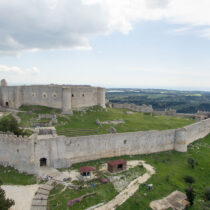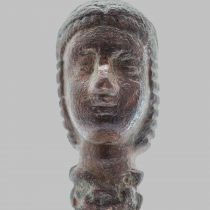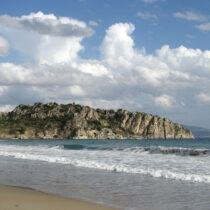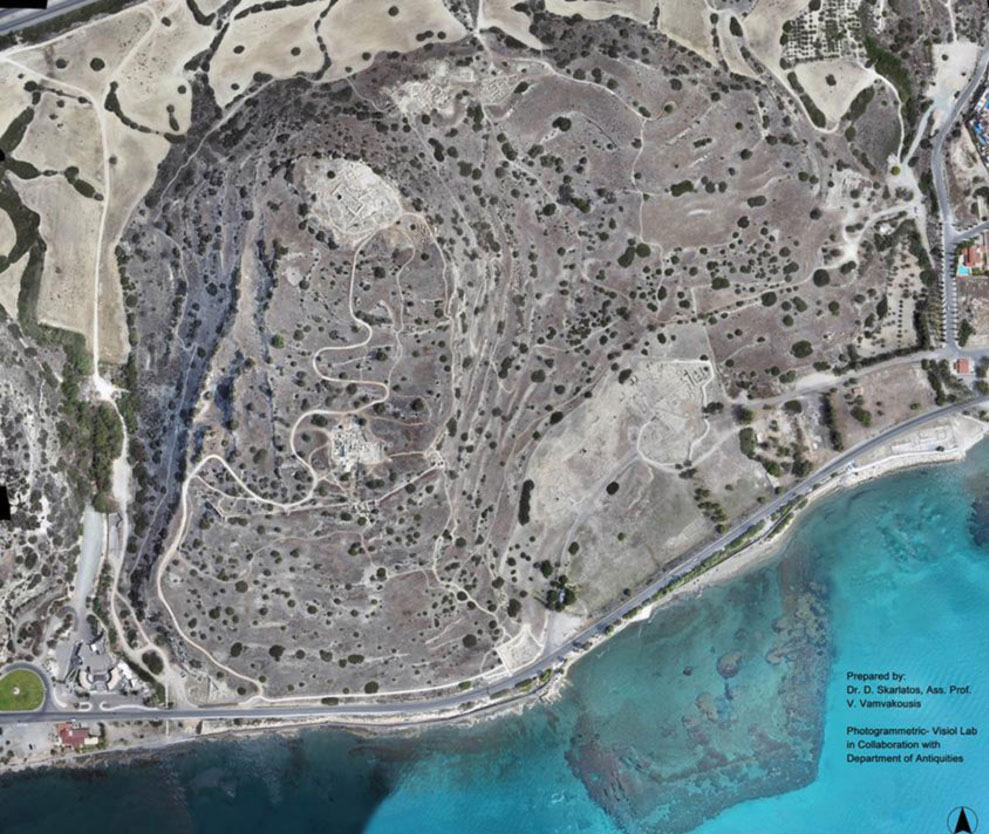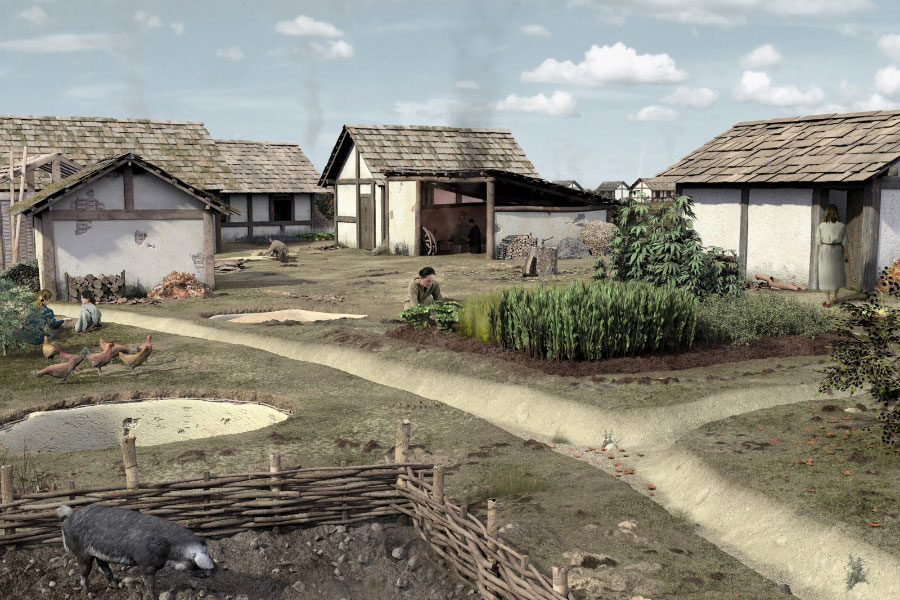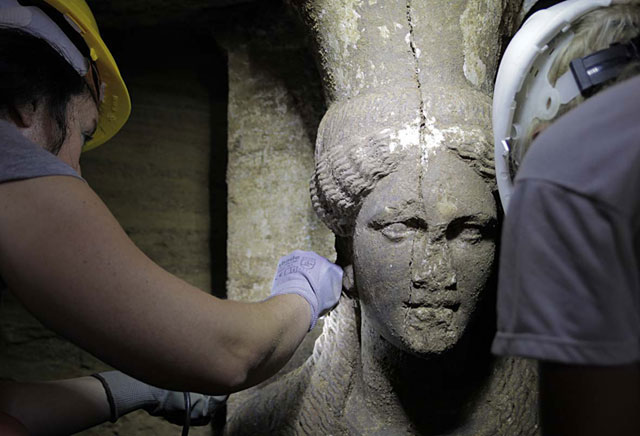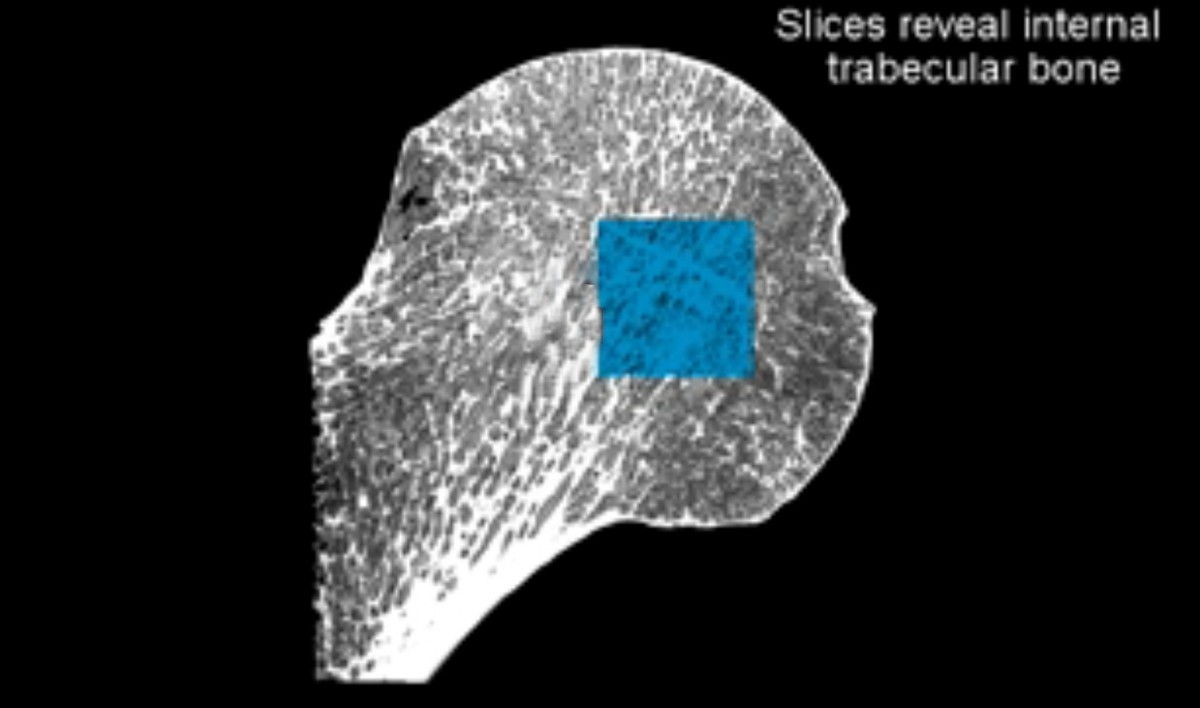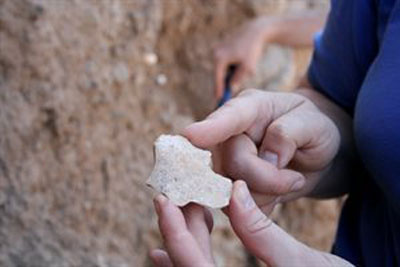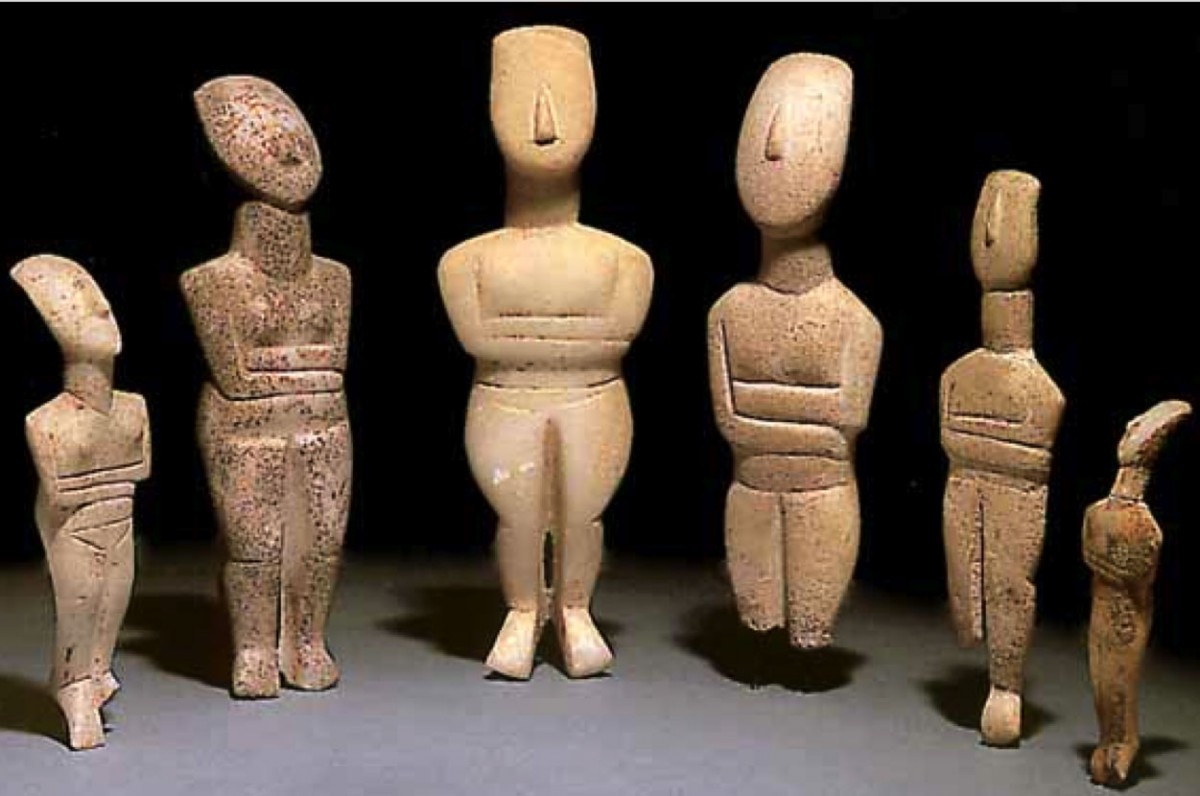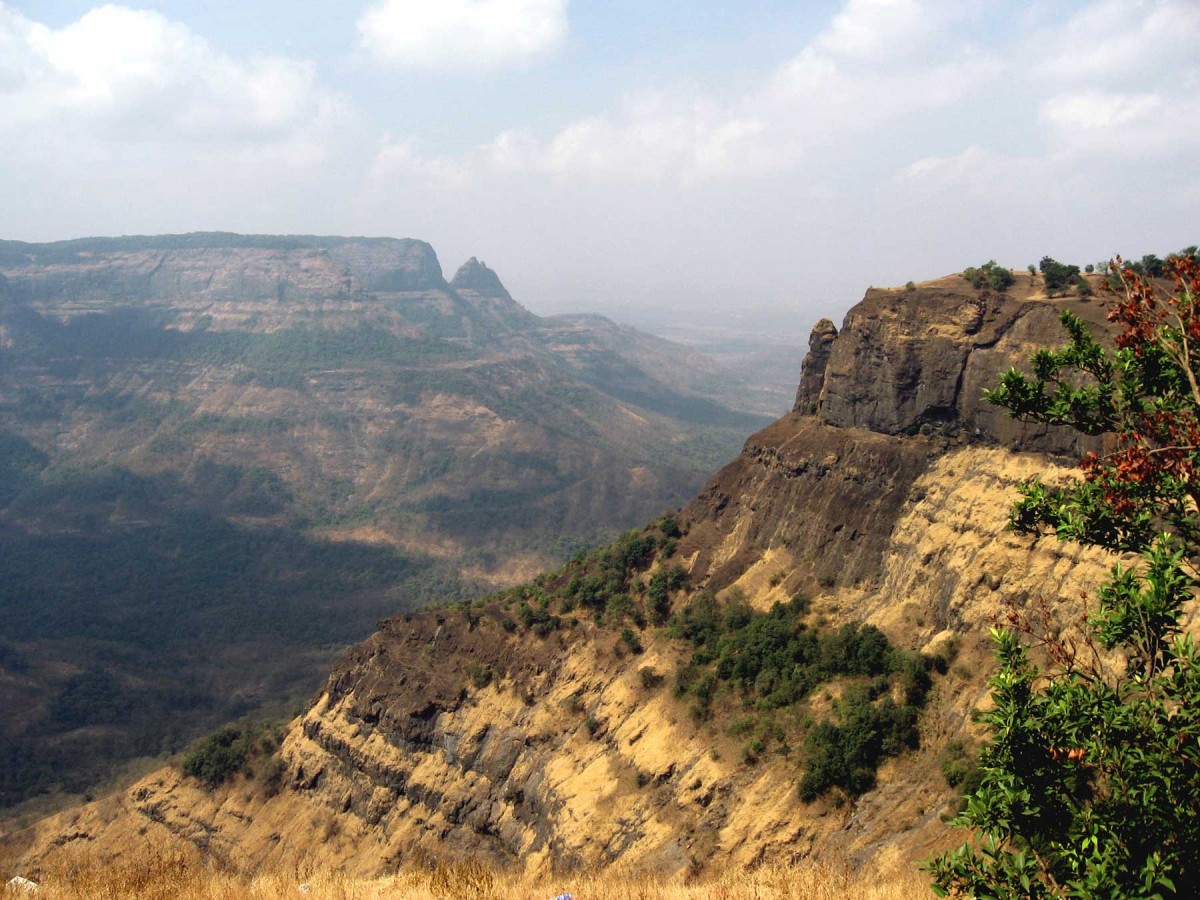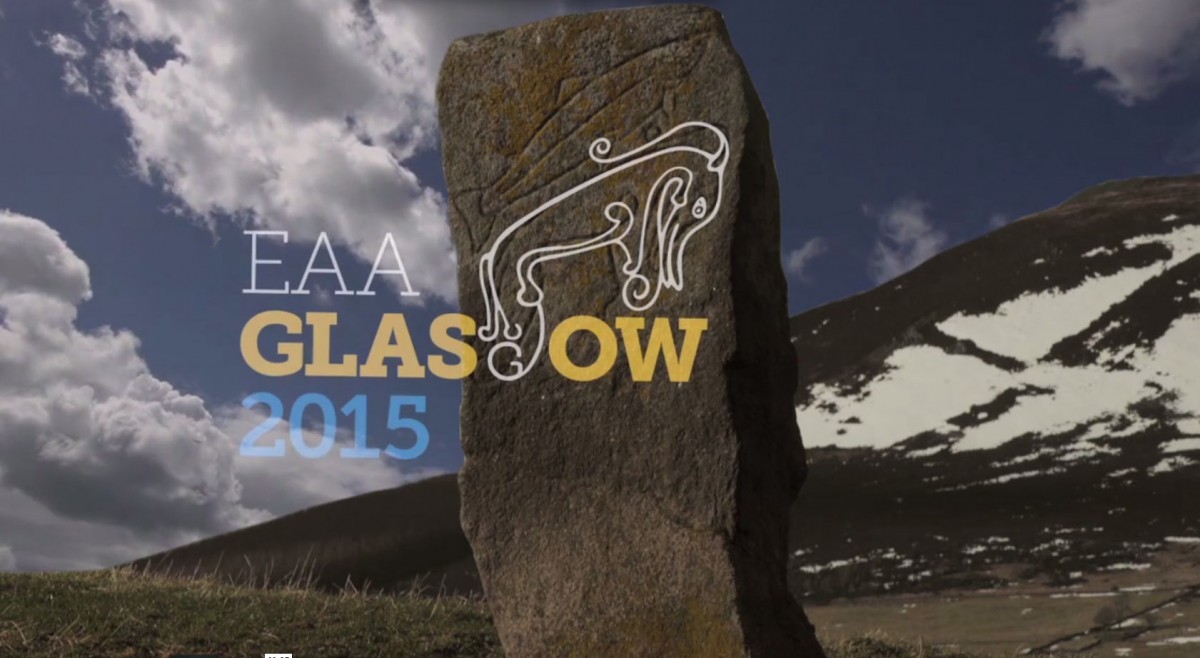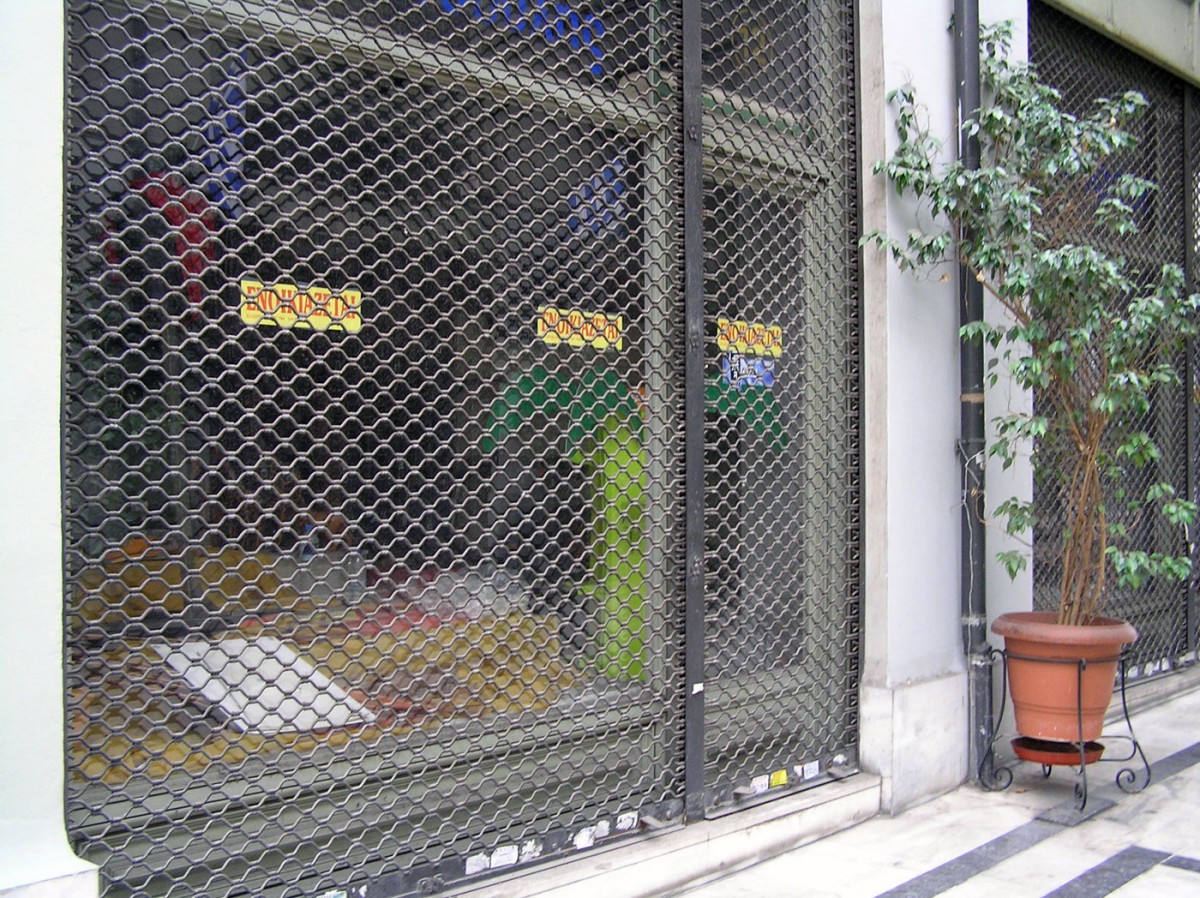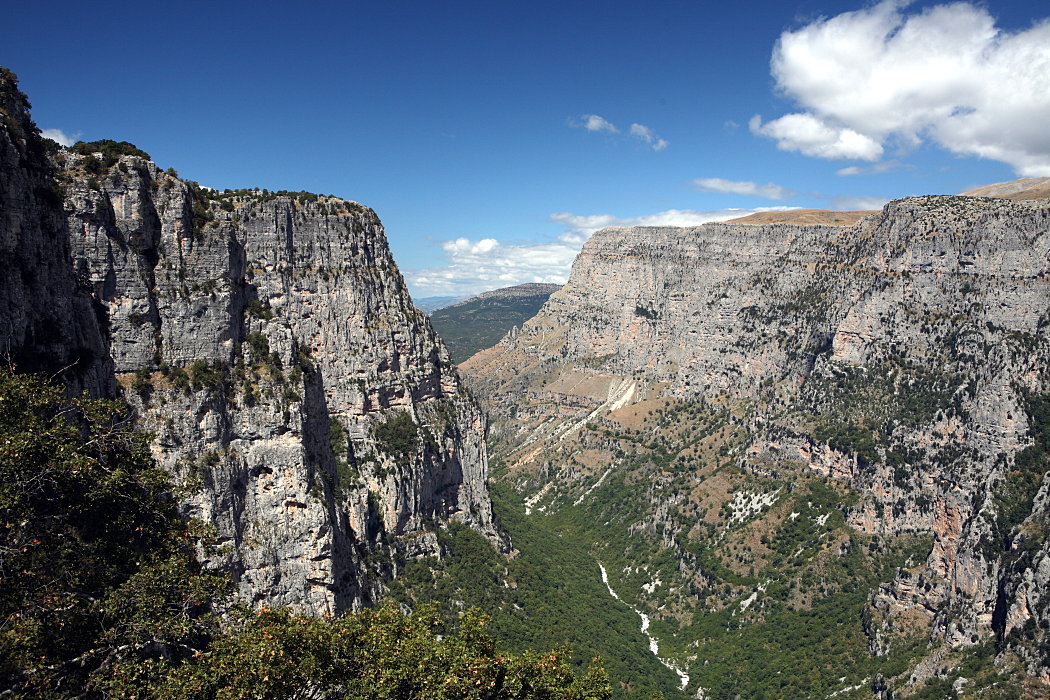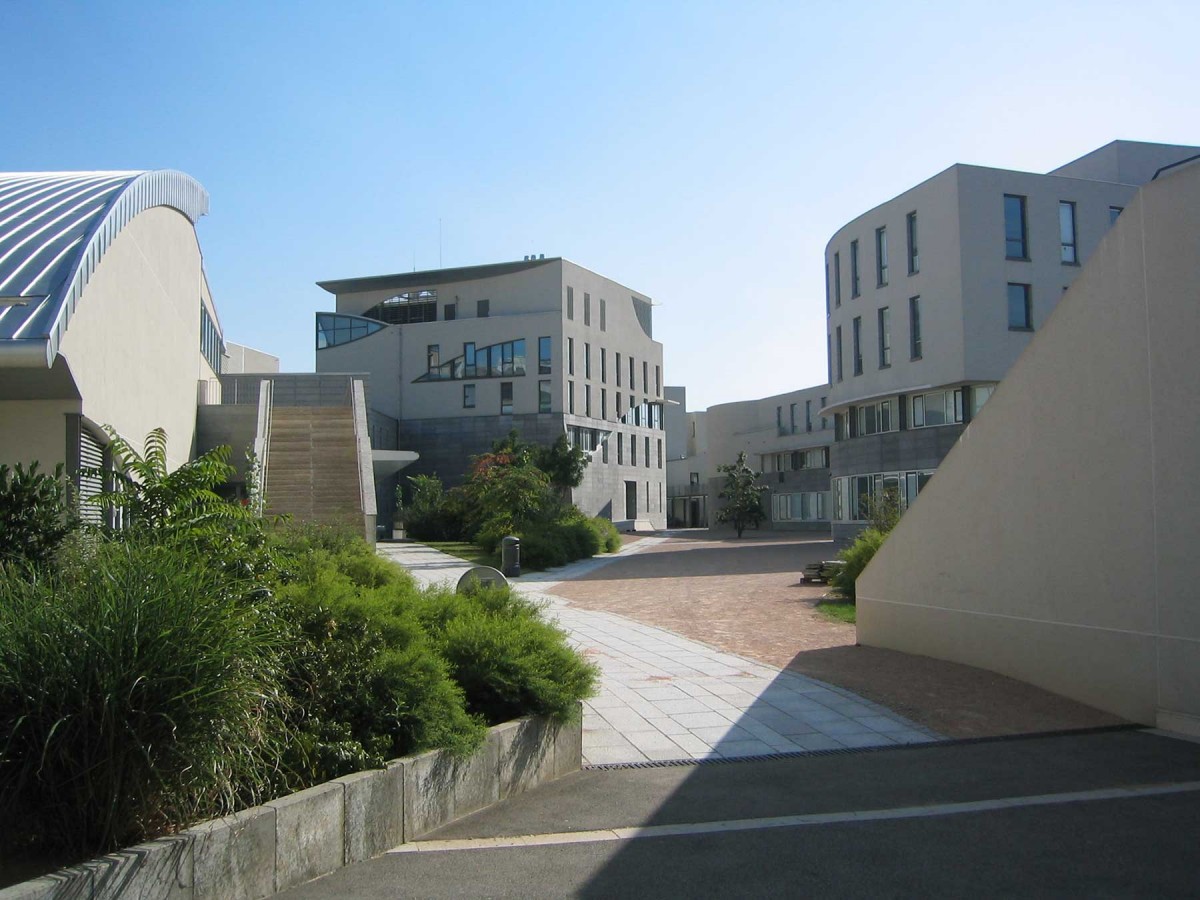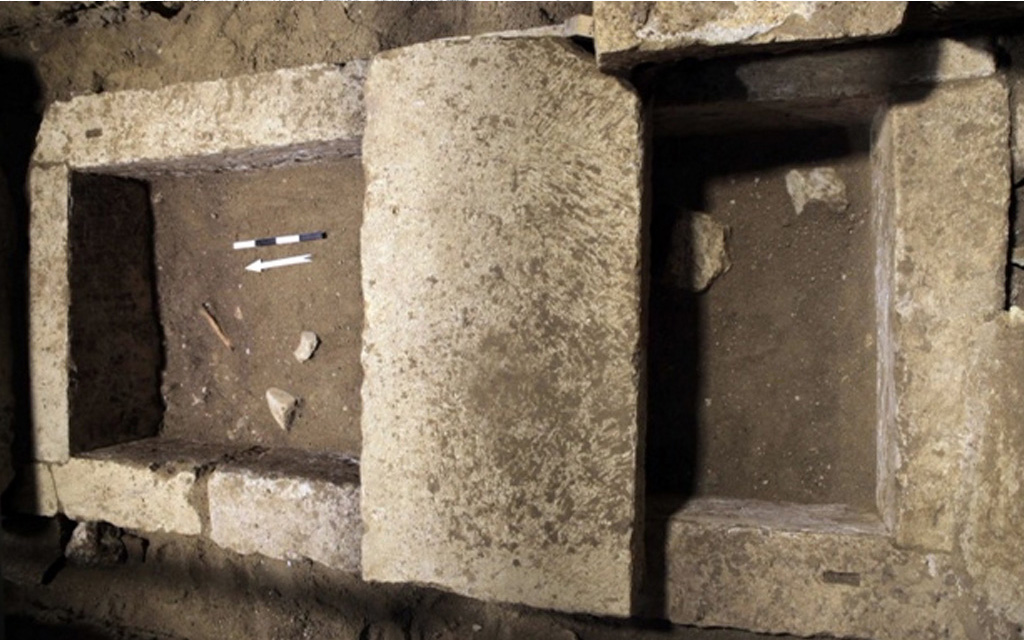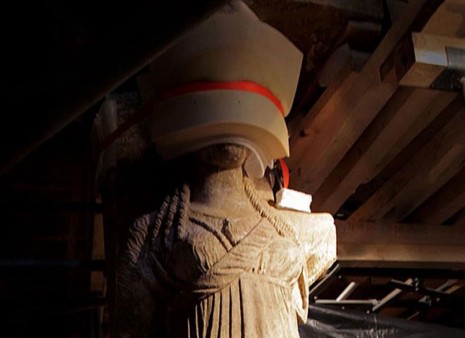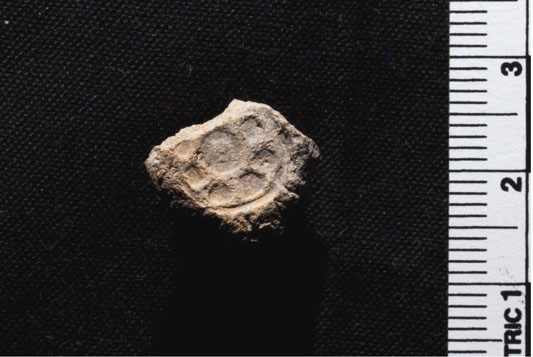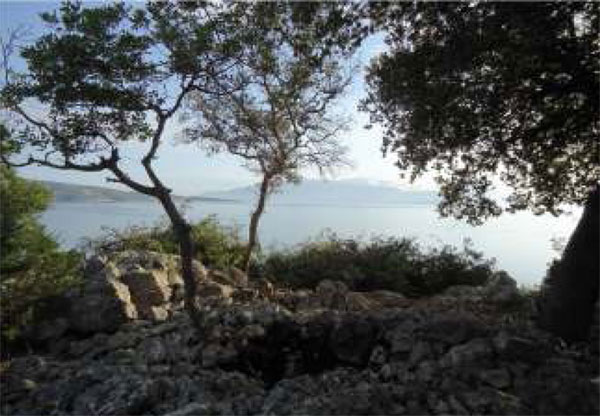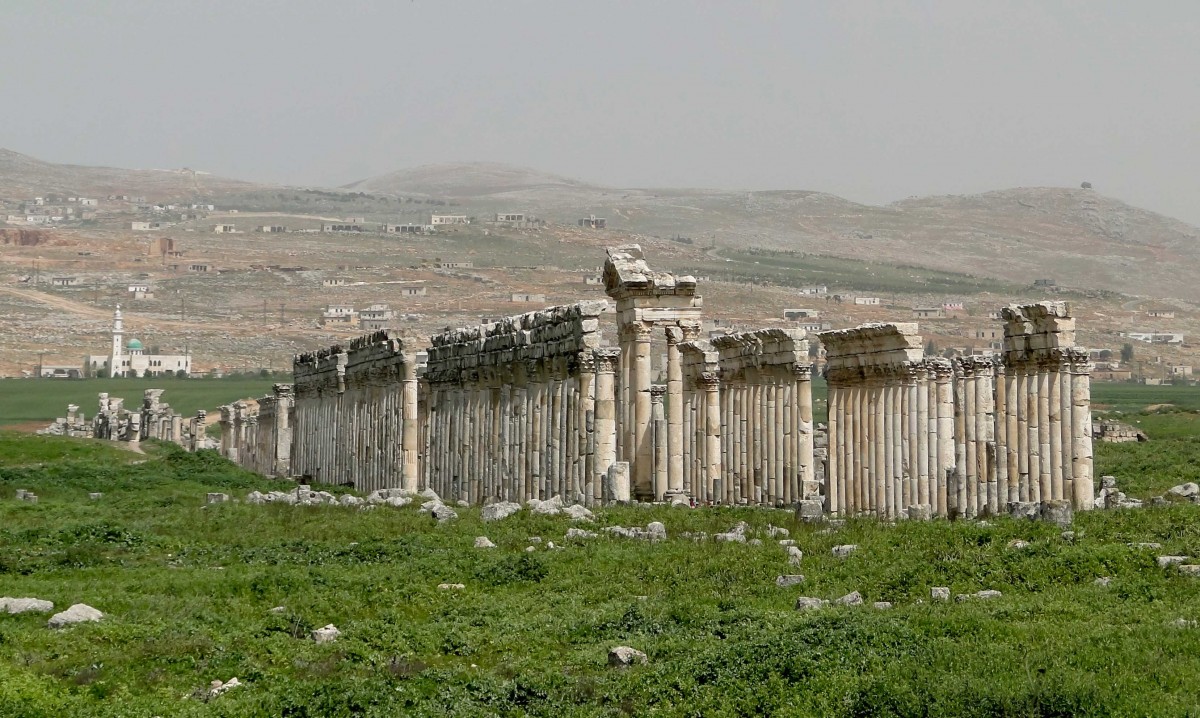Amathus, the enigmatic city of ancient Cyprus
Next Monday (January 12th) the ancient city of Amathus and its necropolises will be presented at the Museum of Cycladic Art in the framework of the Cyprus Seminar series.
Parasite eggs from the Celtic period found in Switzerland
Archaeologists from the University of Basel discovered eggs of intestinal parasites in samples from the former Celtic settlement, and concluded that its population lived in poor sanitary conditions.
Seven Greek discoveries that changed the world of archaeology in 2014
Our website has selected to present to its readers seven Greek discoveries which changed the world of archaeology in 2014.
“Sitting in a car or in front of a desk is not what we have evolved to do”
Latest analysis of prehistoric bones show there is no anatomical reason why a person born today could not develop the skeletal strength of a prehistoric forager or a modern orangutan.
Oldest stone tool ever found in Turkey
Scientists have discovered the oldest recorded stone tool ever to be found in Turkey, revealing that humans passed through the gateway from Asia to Europe much earlier than previously thought.
Southeast Naxos Survey 2015
A new project in 2015 will begin with surface survey on the island of Naxos.
Oldest evidence of olive oil usage
Researchers found traces of olive oil on 8,000-year-old pot sherds revealed at the Ein Zippori site, in the Lower Galilee.
New, tighter timeline confirms ancient volcanism aligned with dinosaurs’ extinction
How the Deccan Traps contributed to the latest Cretaceous environmental change and biologic turnover that culminated in the marine and terrestrial mass extinctions.
2,800-year-old farm house uncovered in Rosh Ha-‘Ayin
An impressive 2,800-year-old farm house, which comprised 23 rooms, was exposed recently during archaeological excavations conducted by the Israel Antiquities Authority in Rosh Ha-‘Ayin.
Defining Sex and Power
Call for Papers regarding the conference organized by the European Archaeological Association.
Social transformations and historical time
Together with the study of material culture there is another area of interest in archaeology, that of the concept of time.
Zagori to be proposed for UNESCO’s World Heritage list
The traditional villages of Epirus’ Zagori will be officially sponsored by the Greek Ministry of Culture as a Greek “cultural landscape” to be added to the UNESCO World Heritage list.
Scholarships ENS de Lyon
The ENS de Lyon and its partners offer scholarships for international students to enrol in its Masters programs in the Exact Sciences, the Arts, and Human and Social Sciences.
Leverhulme Early-Career Fellowships
The Department of Classics at Royal Holloway, University of London, invites proposals for Leverhulme Early-Career Fellowships (commencing 2015-16, for three years).
Amphipolis: Approaching the Archaeology of Death
An interdisciplinary team is conducting forensic studies on the skeletal remains. Recently circulated information about the identity of the skeleton were "unfounded," said the Ministry of Culture.
Unique entry complex discovered at Herodian Hilltop Palace
Archaeologists from The Hebrew University of Jerusalem's Institute of Archaeology have discovered a monumental entryway to the Herodian Hilltop Palace at the Herodium National Park.
US-team announces the discovery of million-mummy cemetery
Two days ago the international media reported about a million mummies cemetery revealed in Fayoum by US-mission. The Egyptian Ministry of Antiquities described the reports "rumors".
2 Year Research and Teaching Fellowship in Classical Studies
The Center for Eastern Mediterranean Studies (CEMS) at the Central European University (CEU) Budapest/Hungary invites applications for a 2 Year Research and Teaching Fellowship in Classical Studies.
Unfortunately, they aren’t joking…
The Hellenic Ministry of Culture issued "guidelines" about the dissemination of information relating to archaeological finds to all international, national and local media.
Satellite images show widespread damage to historical sites in Syria
Four of six major archaeological sites in Syria have been heavily looted and damaged, according to a AAAS analysis of high-resolution satellite images.
Introduction to Ceramic Petrology Course
The course is an excellent introduction for students already on a research degree in archaeological materials, as well as for PD researchers and academics interested in being familiar with ceramic petrology applications.
Clay seals prove existence of David and Solomon
Six official clay seals found by a Mississippi State University (MSU) archaeological team at a small site in Israel offer evidence that supports the existence of biblical kings David and Solomon.
The Tumuli of Meganissi
Dr OlimpiaVikatou, Director, Ephorate of Antiquities in Aetolia, Acarnania and Leukas will address the topic "The Tumuli of Meganissi" on Thursday, December 18th, 2014.
Rome and the Seleukid East
Workshop dedicated to “Rome and the Seleukid East”. The event will take place in Brussels, 21-23 August 2015.
